Statement
The contemporary challenges of metropolisation, reindustrialisation, the housing crisis and decarbonisation require the development of large-scale territorial strategies.
Atelier Soil advocates a new approach to town planning and urban development, based on a better understanding and consideration of territories (land use and quality, living, employment and production areas, heritage, etc.).
Urban planning that combats urban sprawl while embodying an attractive development dynamic to meet the challenge of the century: combining liveability and social cohesion.
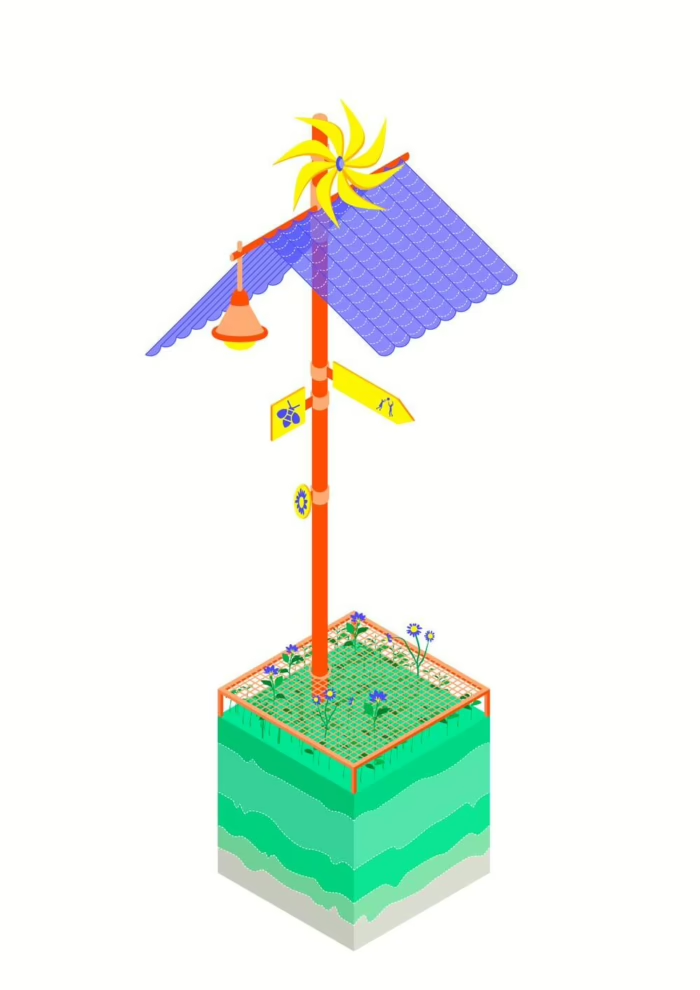
Revealing the value of every square metre
A new unit of measurement, a common denominator for all those involved in urban projects.
The value of a square metre is not always approached from the same angle, depending on whether you are talking to a public or private player, a project owner or project manager, a developer or an owner.
Atelier Soil works to ensure that all the values of a square metre are taken into account in the urban project:
climatic and environmental, social and heritage, use, economic, land value, etc. Our work is based on a detailed understanding of the potential of each square metre as a project driver, in order to reveal the transformative potential of each site, each territory.

Preparing for tomorrow, today
Adaptation and mitigation: tackling environmental and social crises
We are currently facing an emergency situation marked by major environmental and social crises. Against this backdrop, we see our practice as a genuine opportunity to undertake far-reaching transformations in order to maintain the habitability of our territories.
Responding to emergencies does not mean acting hastily: we advocate a considered, agile approach to urban design, which addresses both existing and long term situations.
We develop systems for both adaptation and mitigation, so that each of our actions becomes an opportunity to turn the environmental transition into a positive movement, creating new ways of living, working, recharging our batteries and sharing.
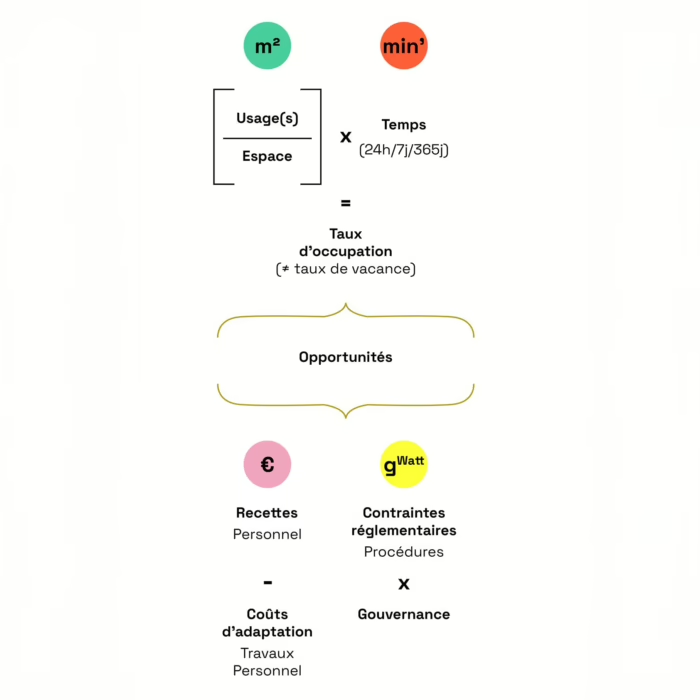
Finding the right equation
Small actions, big impacts
Prioritising, maximising co-benefits... while achieving a high level of environmental and social performance. These are the challenges that have to be overcome for the decarbonisation of regions, in a global context of diminishing means and resources (human and material).
To address this situation, Atelier Soil adopts an ambitious yet realistic approach to urban design. Right-sizing, optimising, rationalising, intensifying, sometimes doing less; intensity of use, pooling, superimposing, chronotopy... We consider all the levers of adjustment to respond to each situation as accurately as possible without sacrificing quality.
We adopt a humble attitude to the complexity of the sites we work for: our approach is one of ‘made-to-measure’, in a constant back-and-forth between ambitions and realities on the ground, between performance and sobriety.
Strategic angles
Our approach is both technical and sensitive, aiming to strike the best balance between economic, material and regulatory constraints and respect for the needs of users, including the most vulnerable.
We approach projects through three major parameters, which in our view form the basis of a viable and impactful operation: flows, uses and climate.
To help our clients navigate between sometimes contradictory injunctions and the prioritisation of project ambitions, we are developing tools to aid decision-making and negotiation.
We base each project choice on urban quality indicators, developed from committed criteria, the assessment of which enables us to measure and anticipate the progress made from design to completion and use of a space.
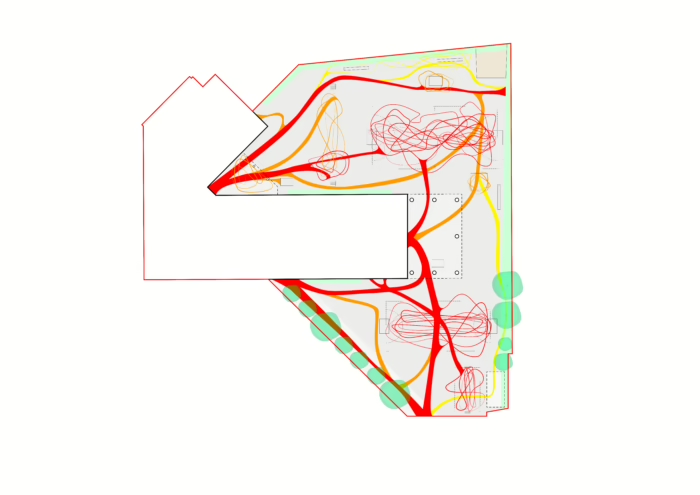
Flows
Mobility, accessibility
Our living spaces are served and crossed by flows with varying impacts in terms of speed, chronotopy and spatial and carbon footprint.
In order to ensure that all these modes of transport coexist smoothly and safely, we are working on the capacity of each space to offer the conditions necessary for users to be autonomous and get moving.
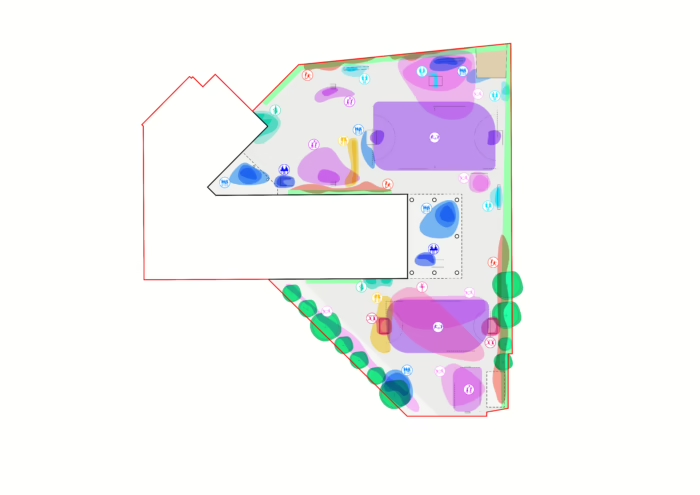
Uses
Programming, universality and intensity
Public spaces are places where social ties are forged, and are by definition places for sharing and negotiation.
In order to meet the needs of all the ‘biodiversity of the public’, regardless of age, origin or gender, each use must be programmed and sized appropriately. We support each project by ensuring that all the conditions are in place for users to make the most of it.
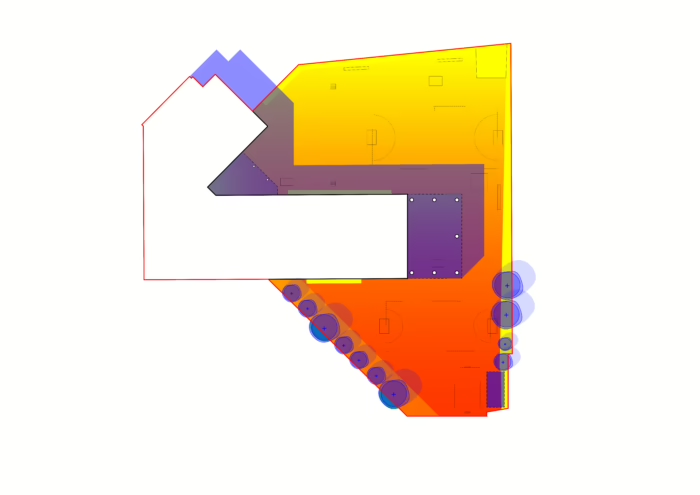
Climate
Resilience, water and biodiversity
At a time of climate crisis, the ability of a site to withstand and adapt to environmental shocks and disturbances must guide the design of every urban planning project.
We are working to make urban planning a vehicle for regenerating territories, so as to offer their inhabitants places of refuge and resourcing.

